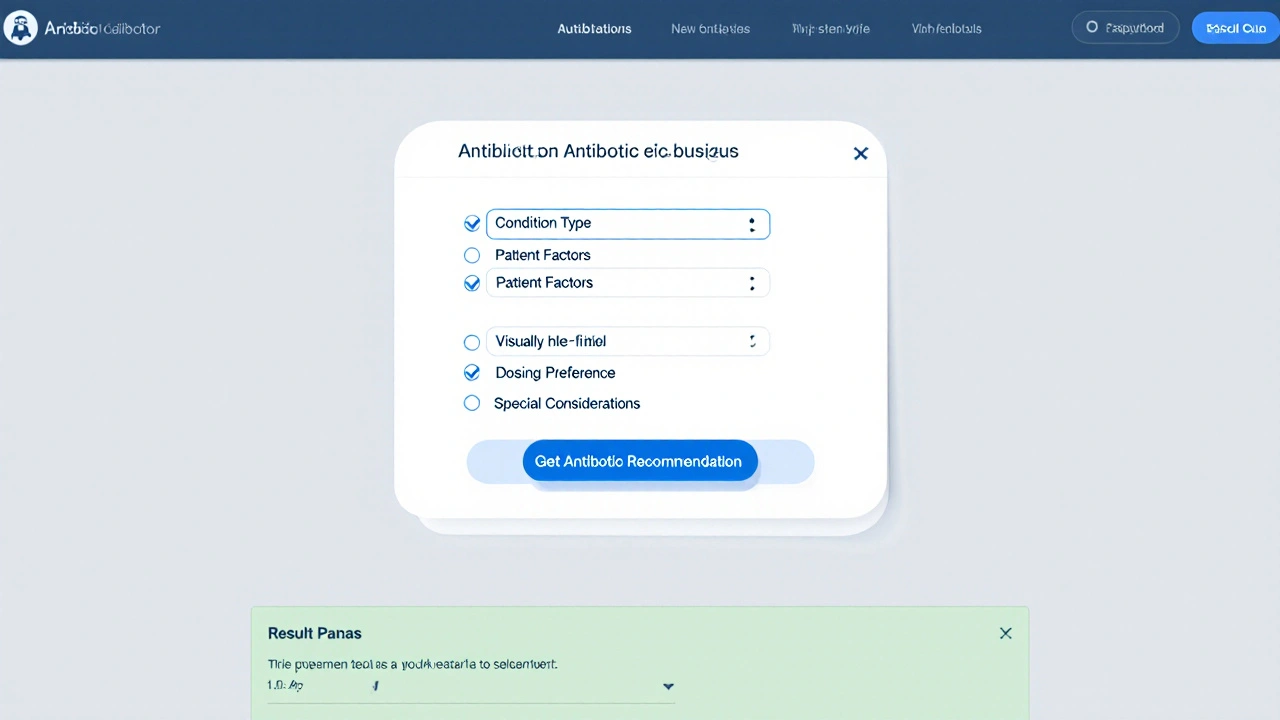Azithromycin: Uses, Safety, and Buying Guide
When working with Azithromycin, a macrolide that targets a wide range of bacterial infections. Also known as Zithromax, it belongs to the broader class of antibiotic drugs and is often prescribed for conditions like pneumonia, strep throat, and certain sexually transmitted infections.
Understanding how bacterial infection develops helps you see why a drug like Azithromycin is valuable. These infections arise when harmful bacteria multiply in the body, triggering inflammation and symptoms such as fever, cough, or pain. Azithromycin works by stopping bacterial protein synthesis, which stalls growth and lets the immune system clear the infection more easily.
Key Points to Consider
One major advantage of Azithromycin is its long half‑life, allowing once‑daily dosing and often a short 3‑ to 5‑day course. This convenience can improve adherence compared to antibiotics that require multiple daily doses. However, the drug isn’t a cure‑all; it’s ineffective against viral illnesses like the common cold, and using it when not needed can drive antibiotic resistance, a growing public‑health threat.
If you’re looking for a cost‑effective option, many pharmacies now offer generic medication versions of Azithromycin. Generic forms contain the same active ingredient and meet the same safety standards as brand‑name Zithromax, but they often cost a fraction of the price. When comparing prices, check for reputable sources, verified certifications, and clear labeling to avoid counterfeit products.
Buying medication online can be tempting, especially when you need a quick refill. A safe online pharmacy will require a valid prescription, display a licensed pharmacist’s contact information, and use encrypted checkout. Look for reviews that mention reliable shipping, proper packaging, and responsive customer service. These cues help you avoid scams that sell sub‑standard pills or expose your personal data.
Before you start a course, review the typical dosage recommendations. For most adults, a common regimen is 500 mg on the first day followed by 250 mg once daily for the next four days. Children’s doses are weight‑based, and the drug comes in tablets, oral suspension, and even injectable forms. Adjustments may be needed for liver disease, kidney impairment, or if you’re taking other medications that affect heart rhythm.
Side effects are generally mild but worth noting. The most common complaints are stomach upset, diarrhea, and a harmless rash. Rarely, people experience more serious reactions like liver injury or allergic responses that require immediate medical care. If you notice any unusual symptoms, stop the medication and contact your healthcare provider.
Another practical tip: take Azithromycin with food if you have a sensitive stomach, but avoid dairy products that can interfere with absorption of some antibiotics. Consistency matters, so try to take each dose at the same time of day to keep blood levels stable.
When you combine Azithromycin with other drugs, watch for interactions. The antibiotic can affect the metabolism of certain heart medications, blood thinners, and some antacids. Your pharmacist can run a quick check using your full medication list, which is especially important if you’re on chronic prescriptions.
Many patients wonder if a short course is enough. Clinical studies show that a 5‑day regimen of Azithromycin is just as effective as longer courses for many infections, and it reduces the chance of side effects and resistance. Still, always follow your doctor’s instructions; stopping early because you feel better can let bacteria survive and become harder to treat later.
If you’re buying a generic version, keep the packaging intact until you verify the pills. Look for imprint codes, expiration dates, and the name of the manufacturing company. Discard any medication that looks discolored, crumbly, or has an unusual smell.
Finally, consider the broader context of using antibiotics responsibly. Health organizations encourage patients to ask their doctors why a specific antibiotic is prescribed and whether alternatives exist. This dialogue helps preserve the effectiveness of drugs like Azithromycin for future generations.
Below you’ll find a curated list of articles that dive deeper into pricing, safety checks, dosing guides, and comparison with other antibiotics. Whether you need a quick refresher or detailed step‑by‑step instructions for buying online, the resources ahead cover the full spectrum of what you need to know about Azithromycin.
